Fresh Parsley (Petroselinum crispum) is more than just a garnish; it’s a powerhouse of flavor and nutrition that enhances a wide variety of dishes. Additionally, this culinary herb not only brightens your plate but also delivers substantial health benefits. In this article, we will explore the essence of parsley, its nutritional profile, culinary uses, and tips for growing and storing this versatile herb.
To delve deeper into Mediterranean recipes that feature parsley, check out this Mediterranean Puff Pastry Chicken Recipe.
Understanding the significance of this herb involves recognizing its history and the different varieties available. From flat-leaf to curly-leaf, each type of parsley brings unique qualities to the culinary table, making it popular in diverse cuisines. Furthermore, for additional culinary inspiration, consider exploring this Quick and Easy Garlic Broccoli with Parmesan Recipe.
What is Fresh Parsley?
Parsley is an aromatic herb belonging to the Apiaceae family, making it a close relative to carrots and celery. Its distinct flavor profile varies among different types, including:
- Flat-leaf parsley: Common in Mediterranean cooking.
- Curly-leaf parsley: Often used as a garnish.
Moreover, the herb has a rich history, tracing back to ancient civilizations, where it was prized not only for its culinary uses but also for its medicinal properties. Its roots can be found in the Mediterranean region, further solidifying its importance in various culinary traditions.
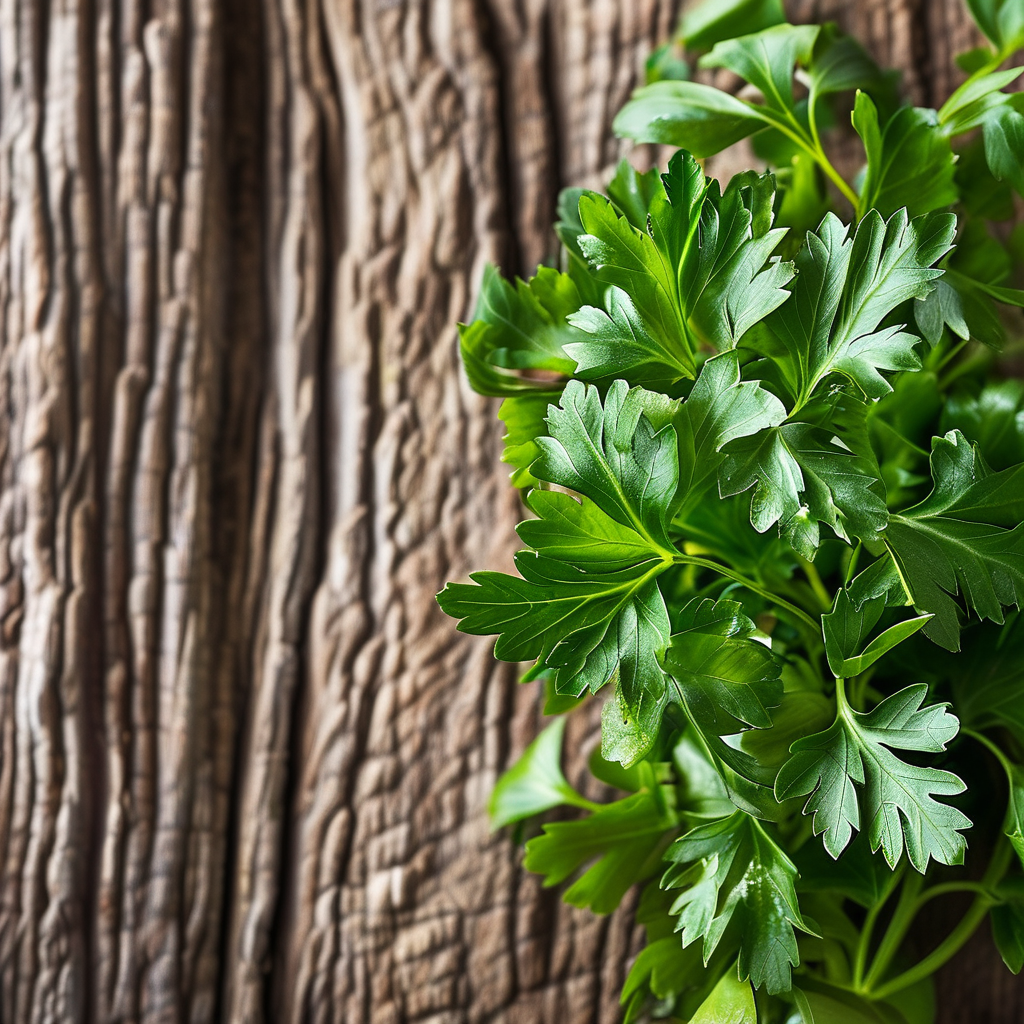
Nutritional Profile of Fresh Parsley
Parsley is packed with essential nutrients that offer numerous health benefits. Specifically, it is known for its high content of:
- Vitamin K: Essential for blood clotting.
- Vitamin C: Known for boosting the immune system.
- Vitamin A: Vital for skin and eye health.
- Iron: Important for oxygen transport in the blood.
Low in calories yet high in flavor, parsley is a perfect addition to any diet, enhancing your meals while providing valuable nutrients.
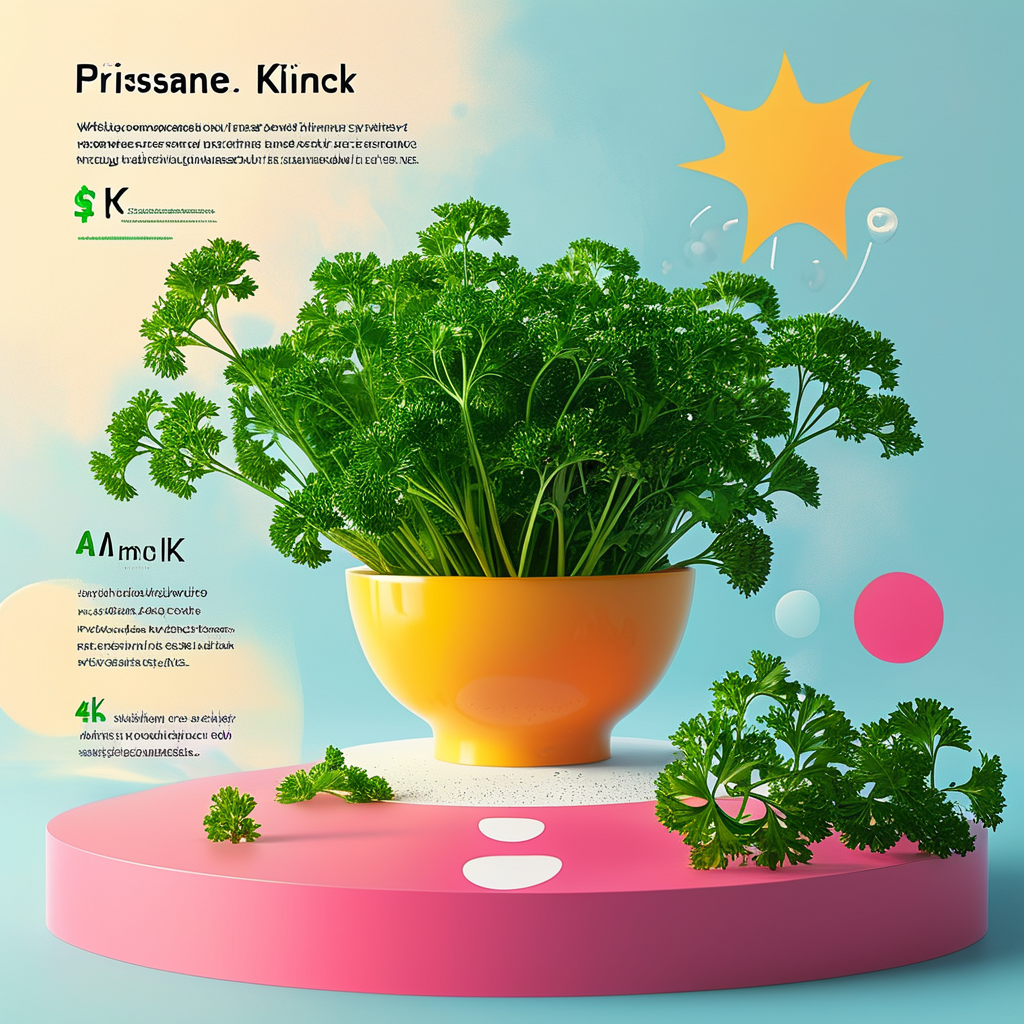
Culinary Uses of Fresh Parsley
Parsley in Cooking
Incorporating parsley into your dishes adds a burst of color and flavor. It plays an essential role in various cuisines, with notable uses in:
- Mediterranean cuisine: Used abundantly in salads and sauces.
- Middle Eastern dishes: A critical component in tabbouleh and other salads.
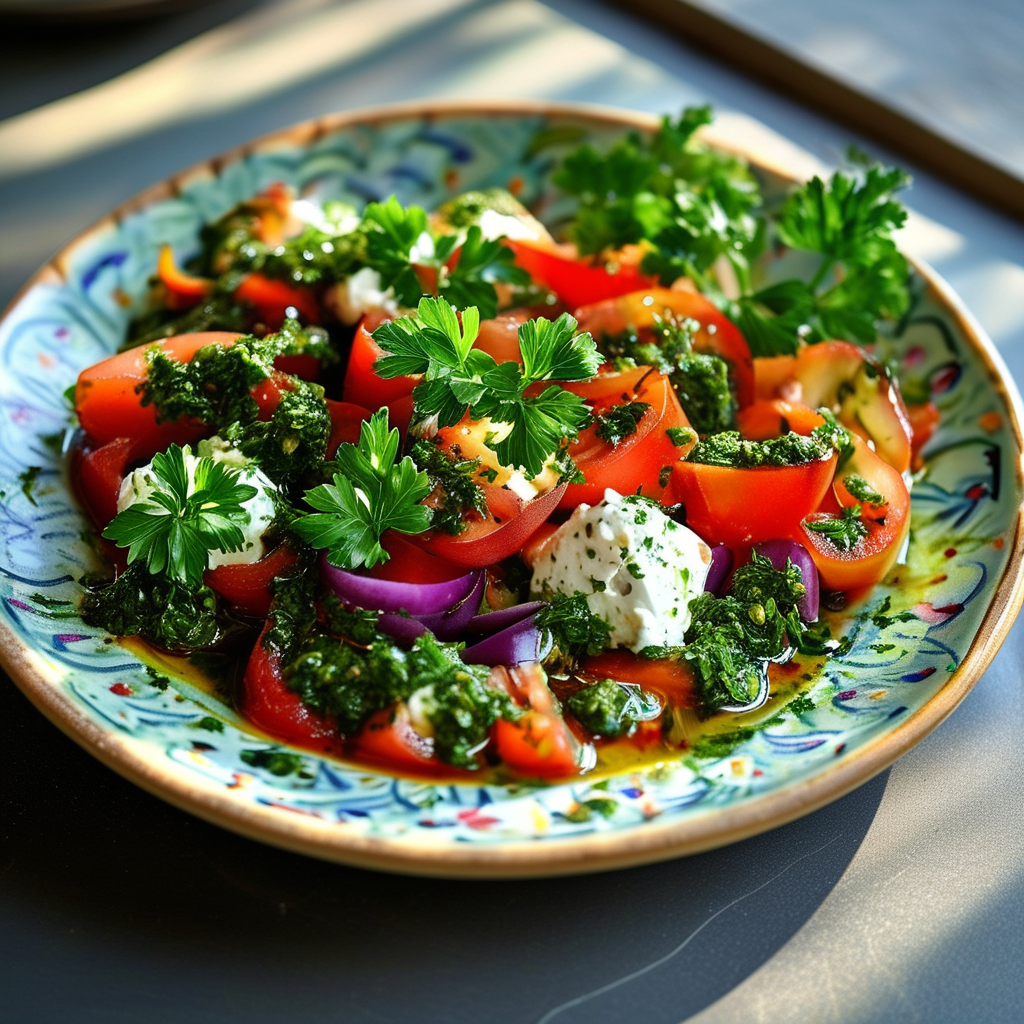
Garnishing and Presentation
Parsley is often used as a garnish to enhance the plate appearance of a meal. Whether sprinkled atop soups or used to adorn elegant entrees, it elevates the overall dining experience.
Alternative Uses in Cooking
Apart from traditional dishes, parsley can be creatively used in:
- Flavoring oils and butters.
- Adding to drinks, such as smoothies and juices.
How to Select Fresh Parsley
When purchasing parsley, consider the following tips to ensure you select the best herbs:
- Look for vibrant green leaves; avoid any yellow spots.
- Smell the herb; it should have a strong, fresh aroma.
- Choose organic parsley to avoid pesticides.
Moreover, you can find it at local farmers’ markets or in the produce section of your grocery store.
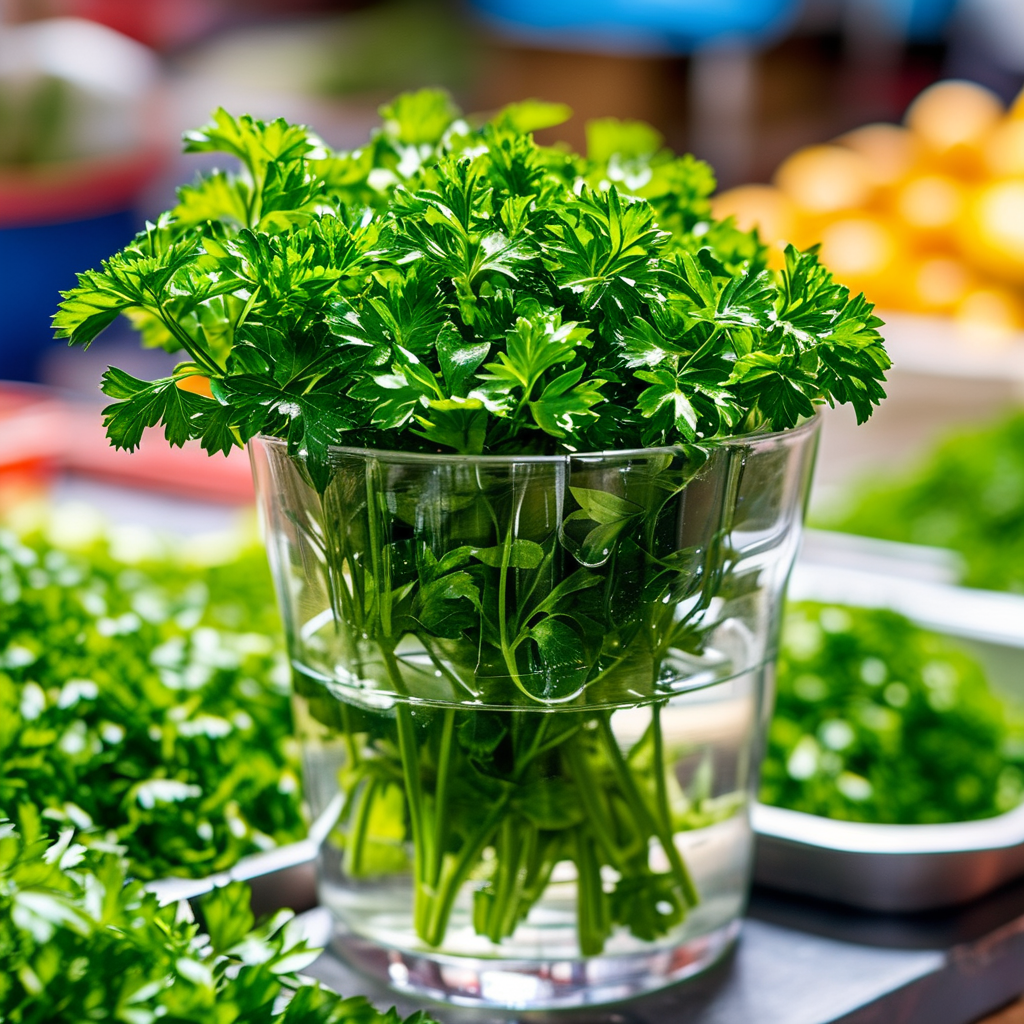
Storing Fresh Parsley
To maintain its freshness, proper storage of parsley is crucial. Here are the best methods:
- Store it in a glass of water, covered loosely with a plastic bag.
- Refrigerate parsley wrapped in a damp paper towel.
- For long-term storage, consider freezing or drying the leaves.
Growing Fresh Parsley
Growing your own parsley at home can be rewarding and beneficial. Here’s a brief overview:
Planting
Parsley thrives in well-drained soil with plenty of sunlight. Additionally, it can be grown from seeds or seedlings. Aim to plant in the spring after the last frost.
Maintenance
Regular watering and attention to potential pests are essential for a healthy parsley plant. Therefore, utilize natural pest control methods to prevent infestations.
Harvesting
Harvest parsley by cutting the outer leaves with scissors, allowing the inner leaves to continue growing. Regular harvesting encourages bushier growth.
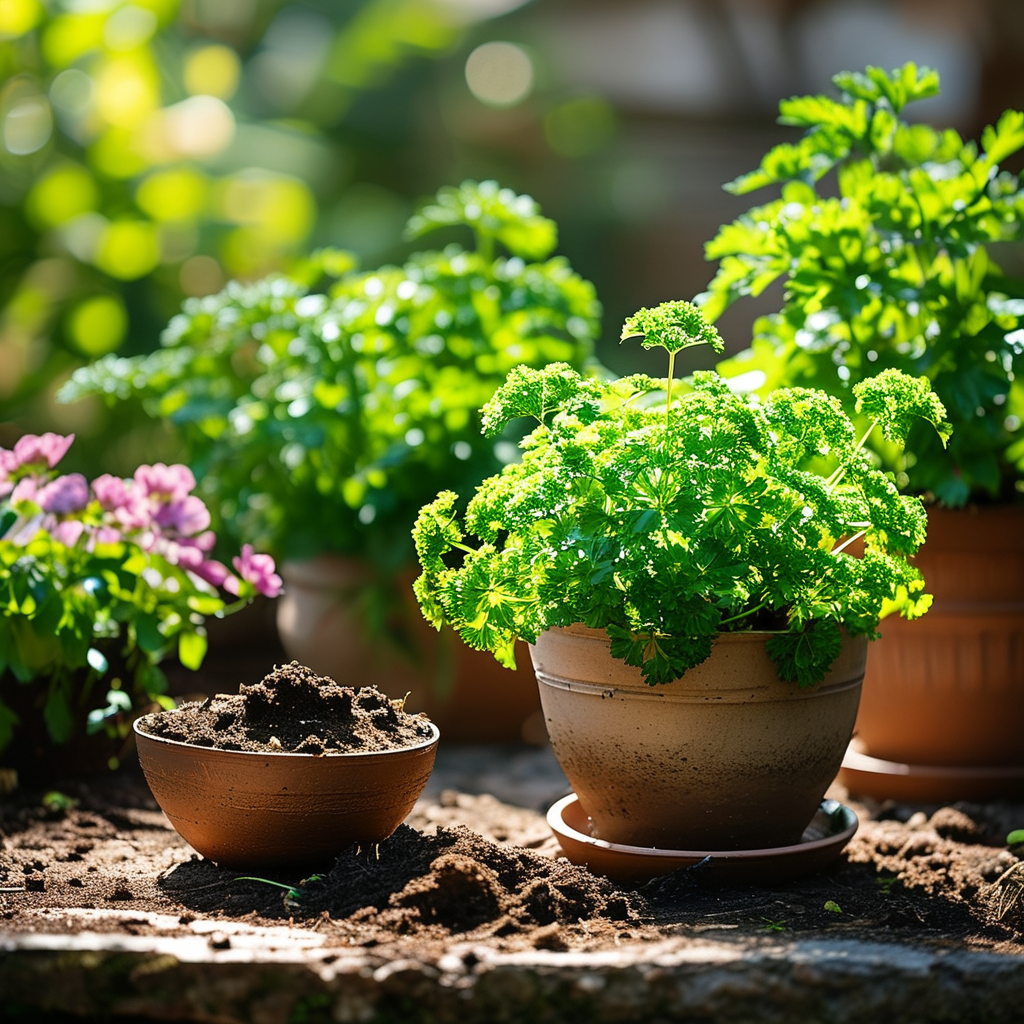
Health Benefits of Fresh Parsley
Parsley is not just a culinary delight; it also boasts impressive health benefits, including:
- High antioxidant properties that combat oxidative stress.
- Support for digestion and metabolism.
- Potential anti-inflammatory effects that may aid overall health.
Risks and Precautions
While parsley is generally safe, some individuals may experience allergies or have interactions with medications like blood thinners. Therefore, always consult with a healthcare provider if you have concerns.
FAQs about Fresh Parsley
- What is the best way to wash fresh parsley?
- Can dried parsley be used instead of fresh parsley?
- How long does fresh parsley last in the fridge?
- What are the best substitutes for fresh parsley?
Conclusion
In conclusion, parsley is a robust herb that offers a range of culinary and nutritional benefits. From enhancing flavors and presentation to providing important nutrients, this herb deserves a place in your kitchen. We encourage you to incorporate parsley into your daily diet and consider growing it at home for a fresh supply right at your fingertips.
- Parsley is rich in vitamins and health benefits.
- It plays a vital role in global cuisines.
- Proper storage and growing techniques can enhance its longevity.
Related Recipes and Articles
For more delightful recipes that showcase the versatility of herbs, visit our homepage at Simple Bites Recipes or check out these articles: